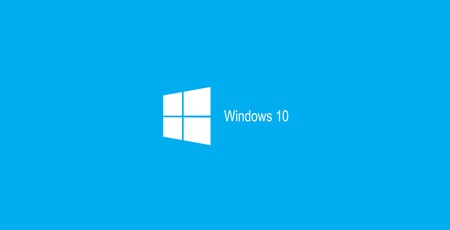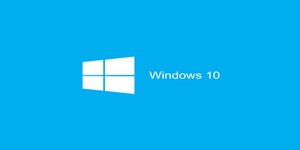Microsoft publishes, deletes Windows 10 on Arm limitations list
February 19, 2018 | 11:00
Companies: #microsoft #qualcomm

Microsoft has published, then almost immediately removed, a document detailing the limitations that will be in place on its upcoming Windows 10 on Arm release - including a lack of support for legacy drivers, 64-bit applications, and 'certain games'
When Microsoft first announced it was working with Qualcomm to port its Windows 10 operating system to the company's Snapdragon Arm chips, it was at pains to distance the project from the disastrous and quickly-abandoned cut-down Windows RT. Using a hardware-accelerated compatibility engine, Microsoft promised, Windows 10 on Arm would be able to do anything its x86-flavoured predecessor could do - including run native 'legacy' x86 applications alongside those compiled specifically for Arm, neatly dodging the primary issue that killed off Windows RT. Since then, both companies' announcements have been purely positive regarding improved battery life and native performance even when running non-native applications - until now.
A document published to Microsoft's website and since removed is the first from the company to detail the limitations of Windows 10 on Arm - and while they're not quite as restrictive as those of Windows RT, neither are they the invisible user-friendly experience that has been teased. A copy obtained before its deletion by WinCentral explains that Windows 10 on Arm will not include the ability to use 'legacy' x86 drivers, meaning hardware support will be sorely limited at launch, that it will not support any 64-bit x86-64 applications whatsoever, that games relying on OpenGL releases later than OpenGL 1.1 or 'that require hardware-accelerated OpenGL' simply won't work, no games with anti-cheat engines in place will run correctly, any software which customises the Windows user experience for aesthetic or assistive purposes is unlikely to work, applications which are coded to assume any Arm device is a smartphone will fail, and Windows' Hyper-V hypervisor platform is not available.
In short, there are plenty of restrictions in place - with the lack of support for a swathe of games, 64-bit applications, and drivers that have not been written and compiled specifically for Windows 10 on Arm at the forefront of the list. Microsoft, for its part, has not given a reason for the removal of the limitations list from the Windows 10 on Arm documentation - though critics may have ideas of their own as to why the information has been suppressed directly ahead of the release of the first Windows 10 on Arm devices at retail.

MSI MPG Velox 100R Chassis Review
October 14 2021 | 15:04








Want to comment? Please log in.